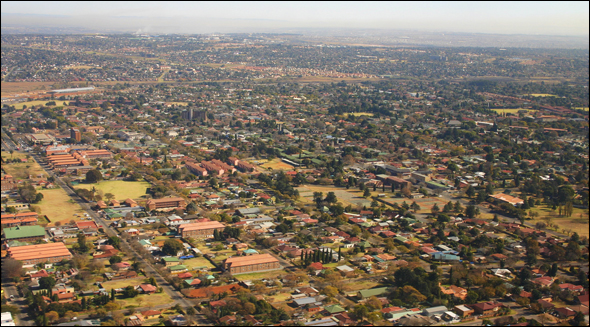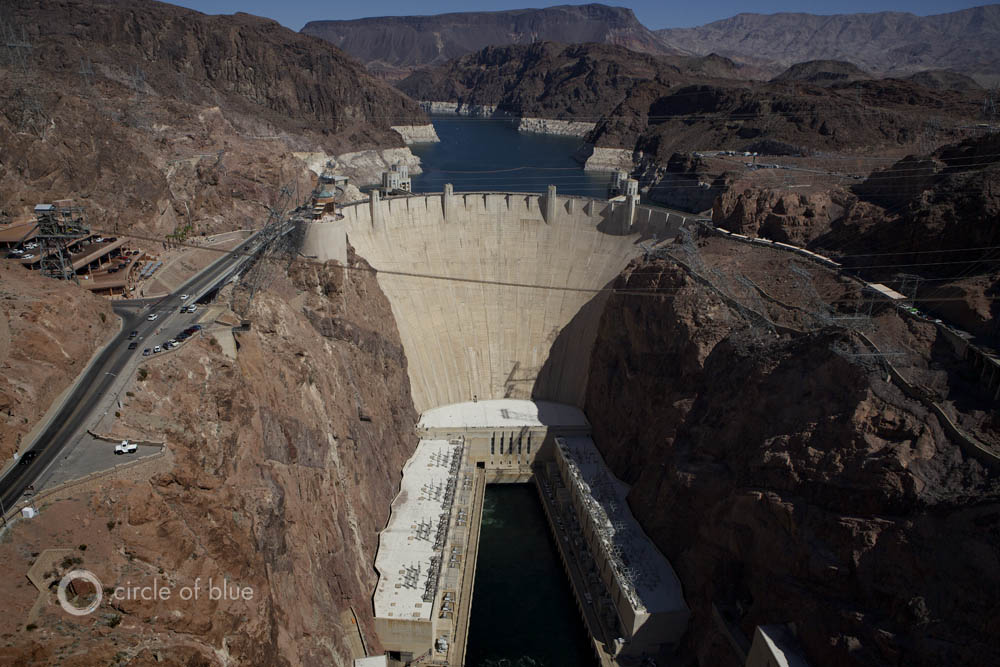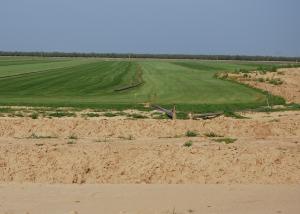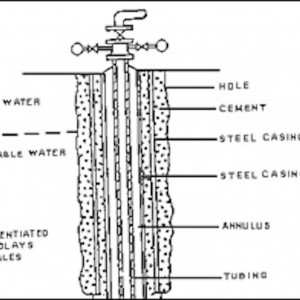Reservoir of Acidic Water Rises Beneath South Africa’s Largest City
Polluted groundwater has forced the South African government to scramble for solutions.
An underground reservoir of acidic water from abandoned gold mines is rising below Johannesburg, South Africa and will threaten the region’s groundwater supply within a year and a half unless a new water treatment plant is built soon, the Telegraph reports.
The acidic water is now between 500 and 550 meters below the surface: experts believe 150 meters is the critical threshold. A new pumping station and water treatment plant will take a minimum of 13 months to construct, leaving the government a four-month window in which to act.
“Getting the solution right first time is vitally important,” said Gareth Morgan to Business Day. Morgan is the water and environment spokesperson for the Democratic Alliance political party. “If the ultimate response is ineffective there may not be time to formulate an alternative.”
The Witwatersrand range of hills surrounding Johannesburg contains the world’s largest reserves of gold. In 2002, polluted groundwater began flowing from the western basin to the central basin in which the city is located. The water is rising through a web of old mining tunnels at 0.35 meters per day, but with the approaching rainy season, the rate could increase to 0.9.
A new treatment plant will cost R128 million (US$30 million), but the current budget only allocates R14 m (US$1.9 m) for the project, according to the Telegraph.
The federal government is on the hook for most of the rehabilitation cost because the mining took place before environmental laws were in place, according to Business Day. In the western basin, the government is responsible for 70 percent of the costs, while in the central basin liability is split evenly between the government and mining companies.
To investigate potential solutions to the water problem, the government has organized a committee of ministers, researchers and scientists. The committee, which will report its findings in six weeks, will also explore funding partnerships with the private sector, the Times reports.
Acid mine drainage (AMD) is a pervasive problem in the Witwatersrand. AMD water has a pH similar to lemon juice and is created when iron-sulfide rocks are oxidized by water and oxygen, which can occur in the more than 270 tailings ponds in the region, or underground when groundwater flows through old mines. In addition to its acidity, the water carries toxic heavy metals.
If the water gets too close to the surface, it could corrode the foundations of buildings and cause sink holes to form.
Source: Telegraph, Business Day, Times
Brett writes about agriculture, energy, infrastructure, and the politics and economics of water in the United States. He also writes the Federal Water Tap, Circle of Blue’s weekly digest of U.S. government water news. He is the winner of two Society of Environmental Journalists reporting awards, one of the top honors in American environmental journalism: first place for explanatory reporting for a series on septic system pollution in the United States(2016) and third place for beat reporting in a small market (2014). He received the Sierra Club’s Distinguished Service Award in 2018. Brett lives in Seattle, where he hikes the mountains and bakes pies. Contact Brett Walton









